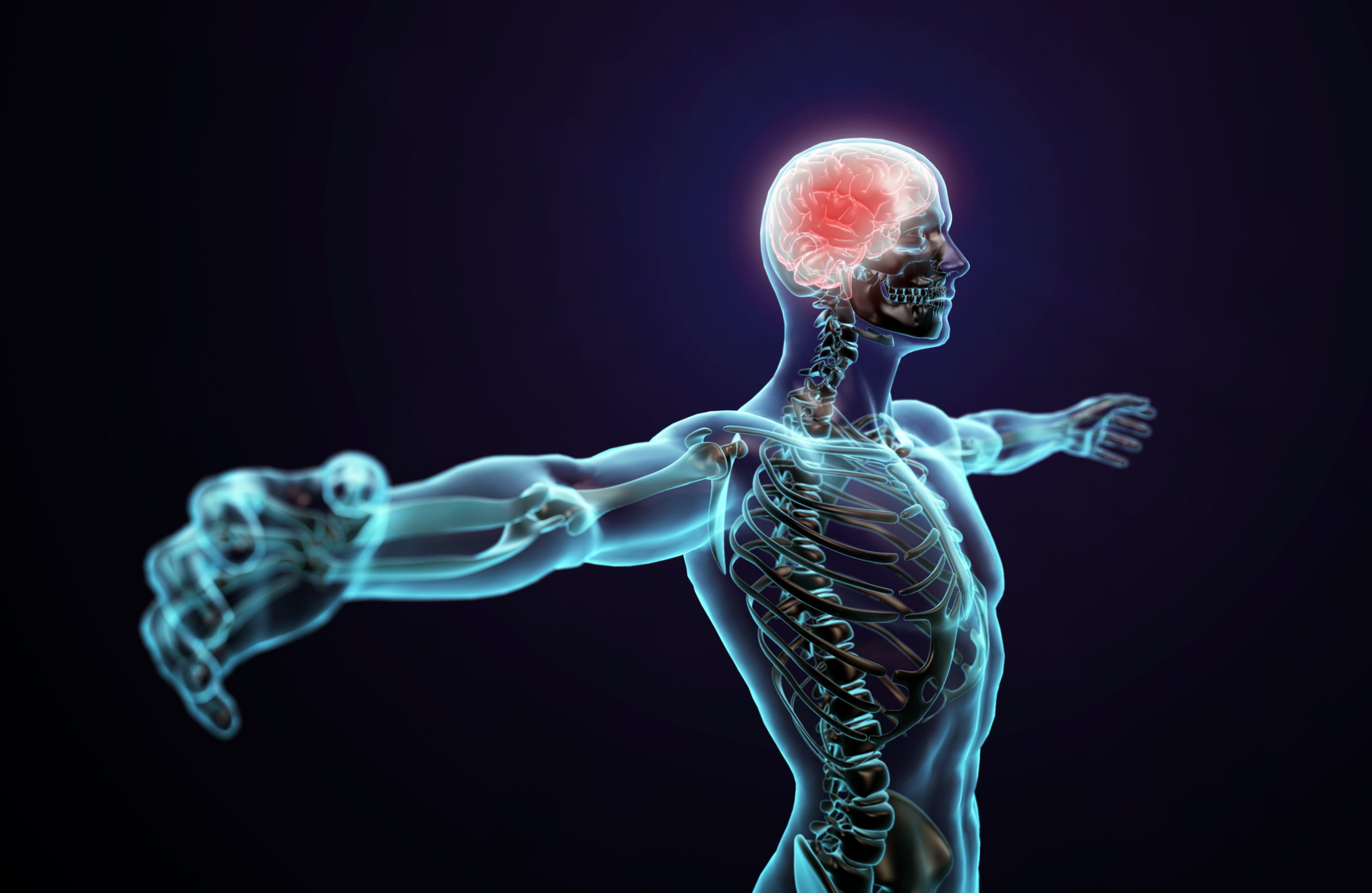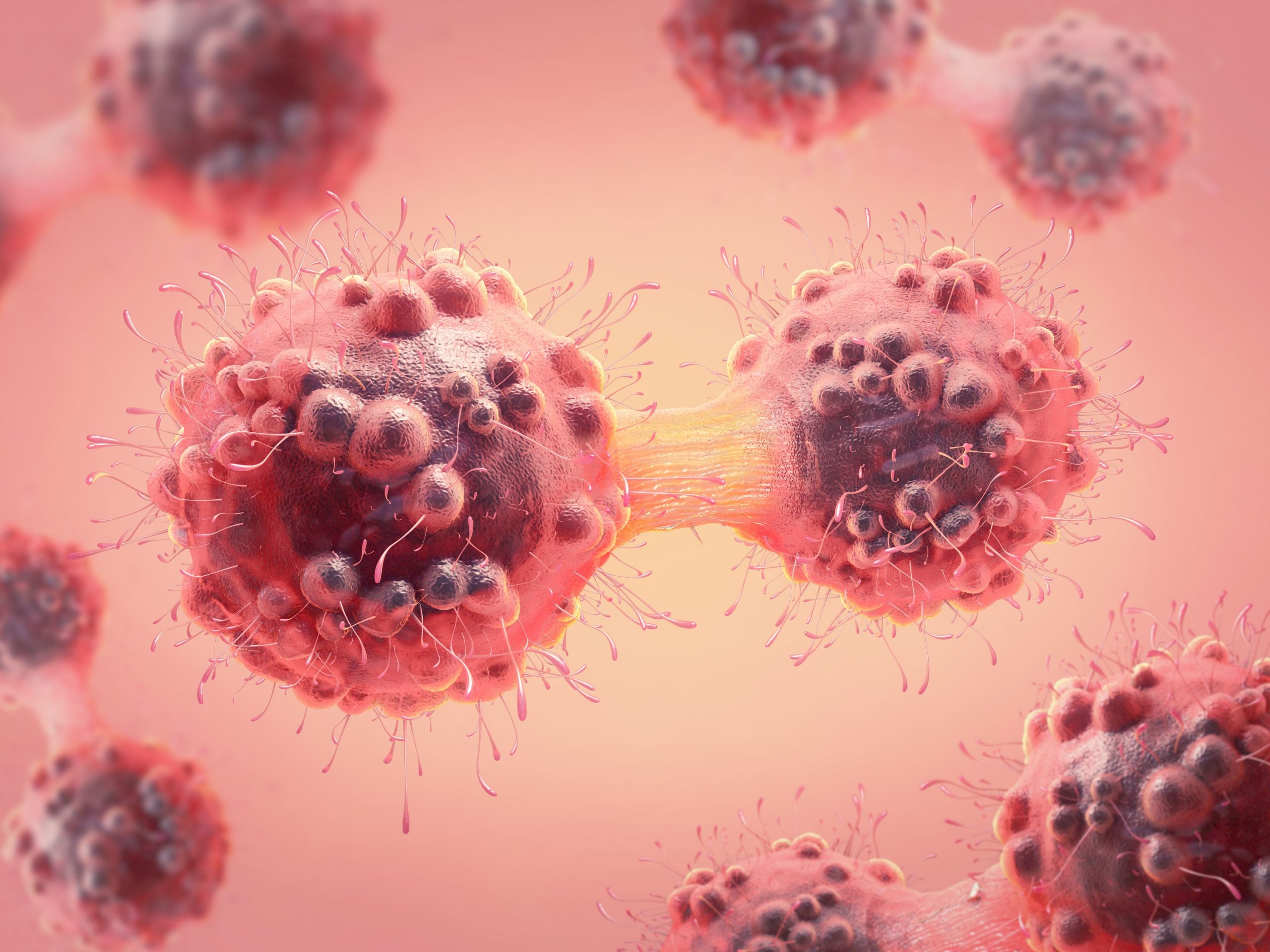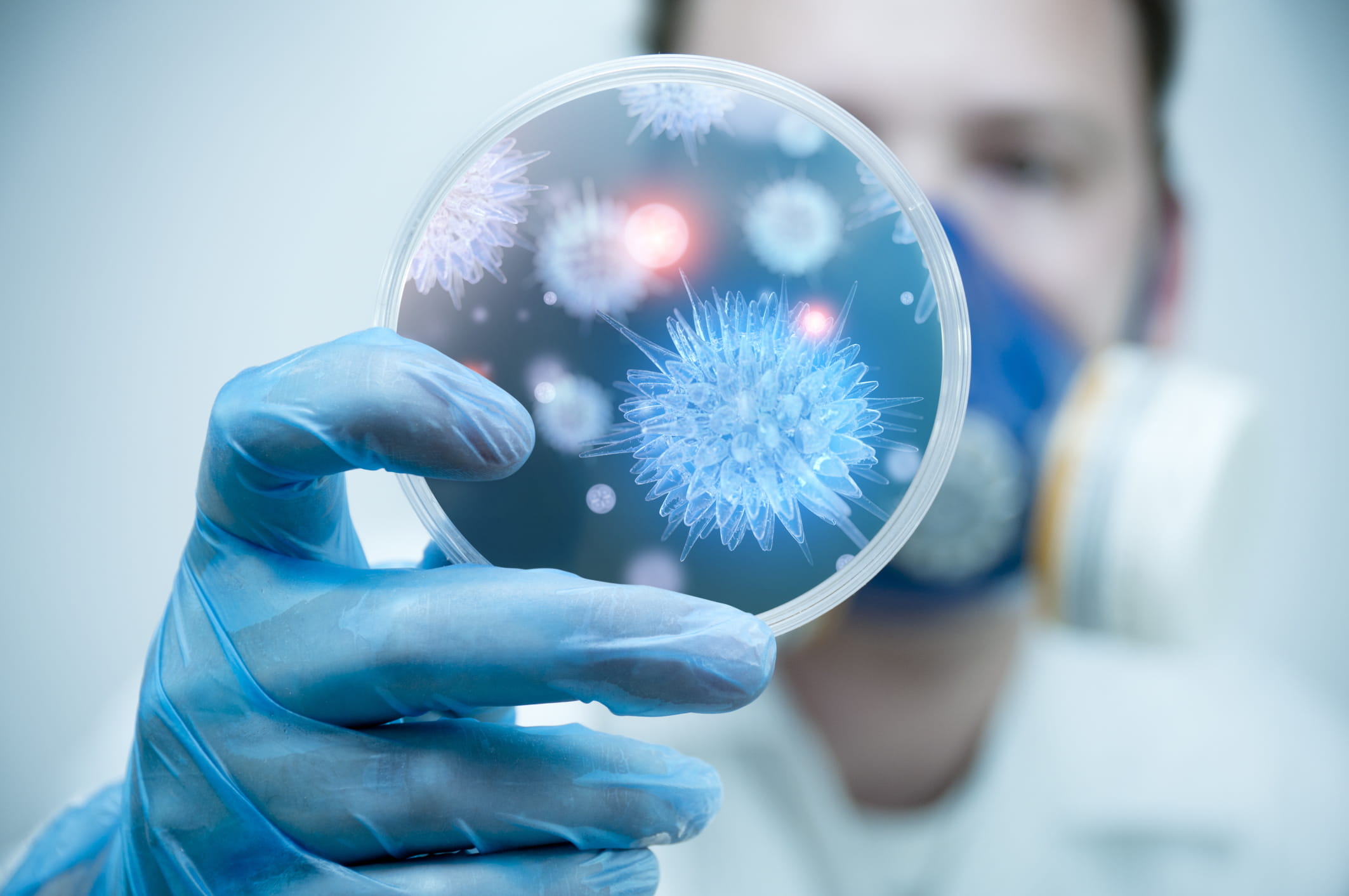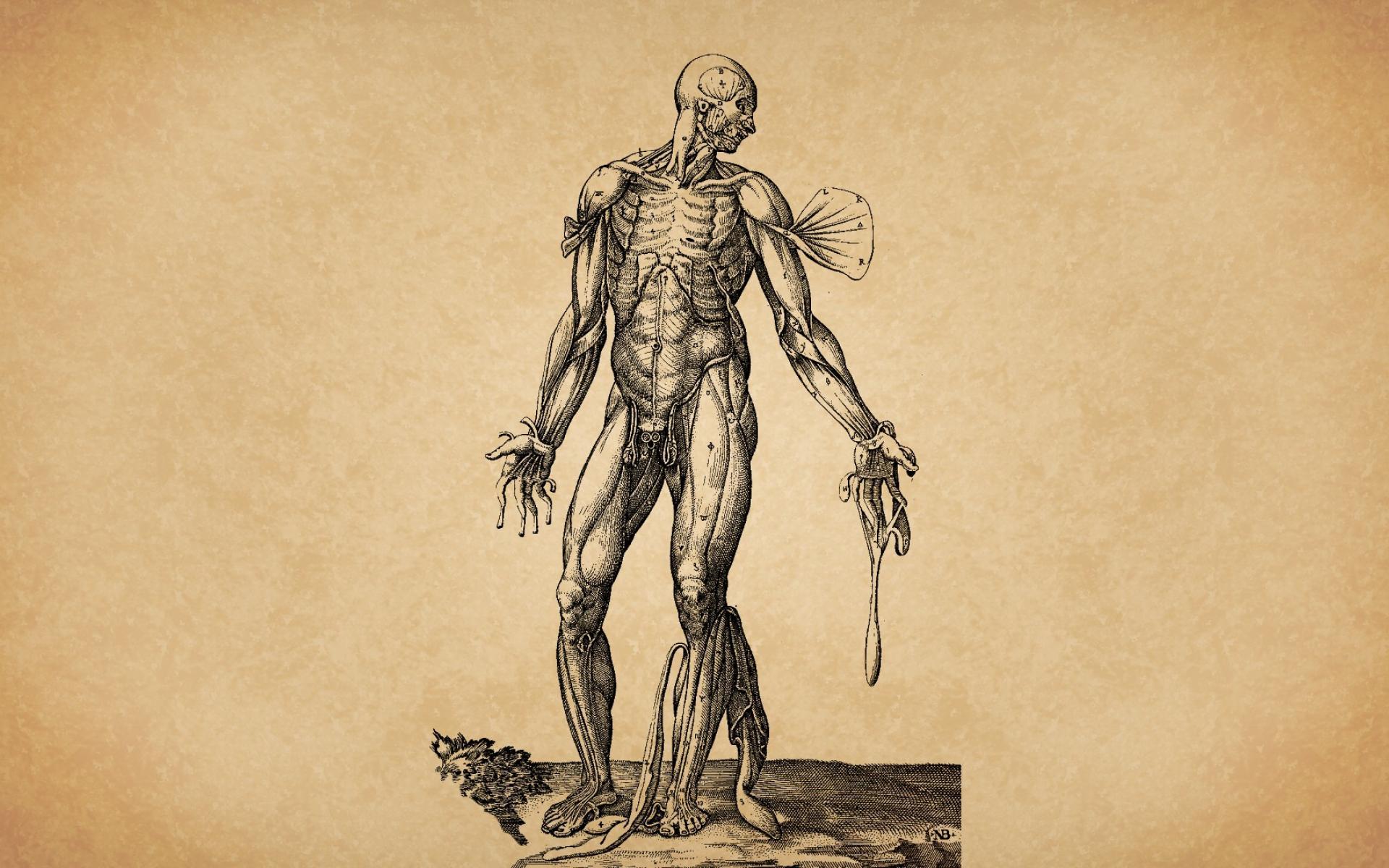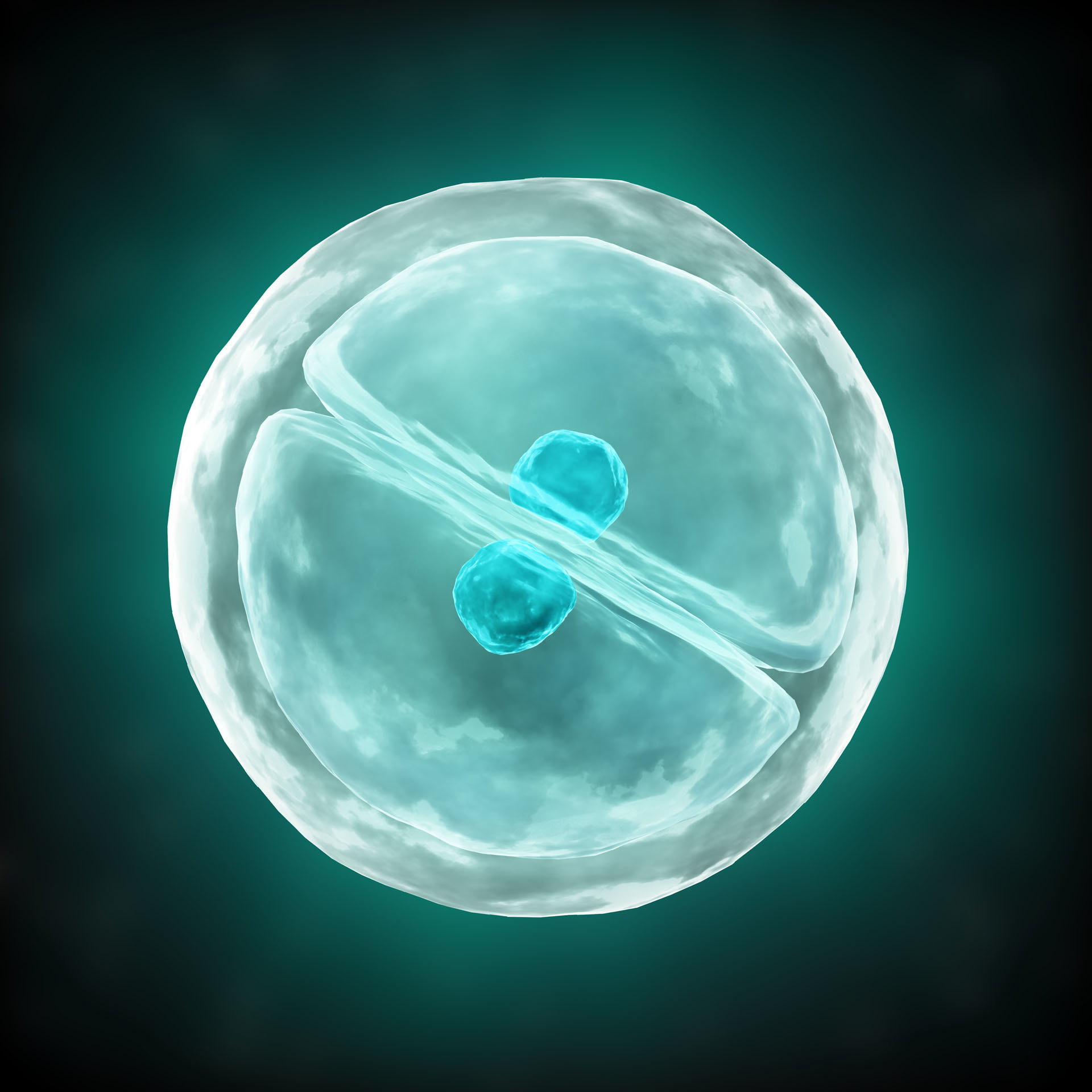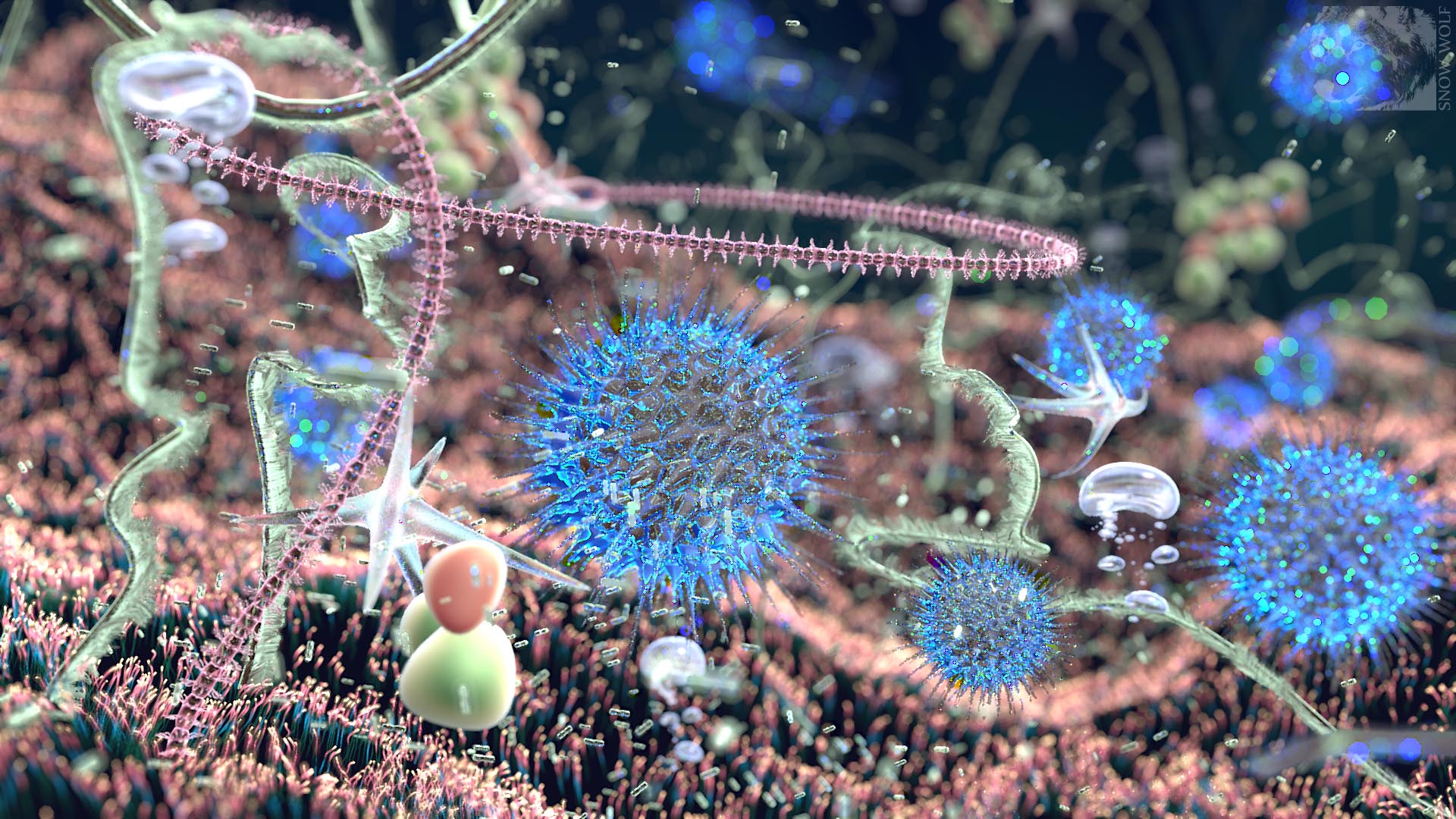description:
Your body is a fortress under constant assault. Infectious diseases, parasites, environmental toxins, physical trauma, allergens, and natural disasters are some external enemies it faces. From the inside, it is threatened by occasional overzealous allergic, immune, and inflammatory responses, as well as by the cellular mutations that produce cancer.
episodes:
01. How We Fail
Pathophysiology is the study of changes in the normal functioning of the body due to disease or injury. Dr. Goodman begins the course with an intriguing look at how, in his general surgical practice, he developed a broad knowledge of this field.
02. Cell Biology—Introduction and Definitions
Cells are the smallest fully functioning units of life and therefore the fundamental level of reaction to an attack and subsequent healing response. This lecture shows how cells can maintain the status quo and how they react to different challenges.
03. Inflammation—Basic Principles
The acute inflammatory response is the body’s first reaction to infection or invasion. During this response, chemicals are released that consume invaders, while other processes remove the invaders and initiate healing of the injured site.
04. The Inflammatory Response
Several kinds of blood cells are instrumental to the inflammatory response. Blood platelets initiate clotting; some types of white blood cells eat debris in a process called phagocytosis, while others release chemicals that direct the phagocytes.
05. Inflammation—Clinical Manifestations
This lecture reviews the four classic signs of inflammation: rubor (redness), dolor (pain), calor (heat), and tumor (swelling). The inflammatory response also produces different exudates and transudates, exemplified in burn injuries.
06. The Immune Response
The immune system is the next line of defense after the inflammatory response. Two distinct but related modes of action are the humoral response, induced by invaders in body fluids such as blood; and the cell-meditated response, directed against viruses, parasites, and foreign cells.
07. The Immune Response Continued
The secretory response is another aspect of the immune system, which aims to neutralize invaders before they enter the body. This lecture also examines natural and acquired immunities and vaccine development.
08. Hypersensitivity and the Allergic Response
Hypersensitivity turns a protective response into a potentially dangerous one as the body overreacts to a foreign substance. Such reactions are generally called allergies and can be stimulated by foods, medicines, natural toxins, and various chemicals.
09. Infectious Diseases—General Introduction
Infectious diseases account for more death and illness than all other threats combined. Infectious agents include: prions, viruses, chlamydiae, rickettsiae, bacteria, fungi, protozoa, and helminths.
10. Bacteria
Two major classes of bacteria are distinguishable by the Gram stain. This lecture examines different gram-positive and gram-negative bacteria, including staphylococci, streptococci, and clostridium; and the diseases they cause, such as tuberculosis, gonorrhea, and plague.
11. Viruses
Viruses survive by replicating inside the cells of their hosts. The inflammatory response is ineffective against them, but the immune response can be successful. There are many viral diseases ranging from the common cold, to polio, to Ebola.
12. Spirochetes, Rickettsiae, Chlamydiae, Prions
This lecture looks at syphilis, typhus, chlamydia, and Lyme disease, some of which can be treated successfully with antibiotics. You will also look at some of the newly identified diseases caused by prions, such as mad cow disease, which have no known cures or treatments.
13. Malaria
Many tropical diseases involve parasitic organisms that have complex life cycles. Often these organisms do not kill but rather sap the vitality of their hosts, keeping them barely alive. Malaria is one of the most widespread and devastating of these diseases.
14. Schistosomiasis, Filariasis, Tapeworms
This lecture covers a series of parasitic diseases that have been largely eradicated in the developed world, but that still affect millions in poor nations. Among them is a form of filariasis, called Loa loa, that Dr. Goodman, as a student, encountered in a dramatic case.
15. Infectious Diseases—Treatment
Sulfa drugs opened the antibiotic era in the early 20th century. Penicillin followed along with a host of antibiotics with specialized uses. Today, many bacteria have evolved drug resistance, turning back the clock to the preantibiotic era.
16. Infectious Diseases—Triumph and Failure
This lecture looks at some of the great success stories in conquering infectious diseases: Edward Jenner and smallpox, John Snow and cholera, and Louis Pasteur and rabies. All were working in the period before the organisms responsible for these diseases were known.
17. Shock—Principles and Hypovolemic Shock
Shock is the inability of the heart to provide adequate perfusion to the body’s organs. Shock may lead to multiple organ failure, and if untreated, death. Forms of shock share the failure of the heart and vessels to keep up adequate blood flow to the organs to sustain life. Hypovolemic shock usually starts from severe blood loss
18. Categories of Shock
Other forms of shock include cardiogenic shock, the failure of the heart to function effectively; anaphylactic shock, stimulated by a severe allergic reaction; septic shock in response to infection; and neurogenic shock, resulting from damage to the nervous system.
19. Cancer—The Enemy Within
Stem cells are found throughout the body and can differentiate into specialized cells to replace normal cell attrition or to repair damaged tissues. Cancer, says Dr. Goodman, is the failure of stem cells to differentiate, and results from mutations lead to uncontrolled cell division.
20. Environmental Carcinogens
Carcinogens are chemical, physical, and biological agents that cause cellular changes that may result in cancer. Tobacco, as a chemical, is the world’s number one carcinogen. Physical and biological carcinogens include radiation and certain viruses.
21. Mechanisms of Carcinogenesis
By damaging the DNA, carcinogens interfere with the passage of information from the parent cell to the daughter cell. This lecture investigates the various pathways at the molecular level that can lead to cancer.
22. Invasion, Metastasis, and Angiogenesis
This lecture reveals how cancer spreads in the body. The turning point is the establishment of distant metastases. This generally defines incurable disease and unleashes its lethal potential. However, antiangiogenesis therapy shows promise for curing some metastatic cancers.
23. Treatment—Surgery, Radiation, Chemotherapy
For well-defined cancer tumors of known location, surgery does well at removing bulk, while radiation kills malignant cells around the margins. Chemotherapy is ideal for finding residual microscopic tumors where the exact location is not known.
24. How We Heal
The final lecture looks at the complex process of wound healing, focusing on the surgical wound or the traumatic wound as the prototype. Dr. Goodman discusses a range of factors that influence wound healing, illustrated by some of his own cases.

